When it comes to roofing, choosing the right materials can be a daunting task. With so many options ranging from asphalt to metal, it can be challenging to decide which one to choose. If you’re considering a 30-year roof, you might be wondering if it’s worth the investment. In this article, we will explore the pros and cons of 30-year roofs, their benefits, and the factors to consider when making a decision.
Key Takeaways
- Choosing the right roofing material is essential to ensure the longevity of your home’s roof.
- A 30-year roof may provide cost-effectiveness in the long run but requires careful consideration before making the investment.
- The durability of the roofing material is a crucial factor to consider when deciding on a 30-year roof.
Understanding 30-Year Roofs
If you’re considering getting a 30-year roof, it’s important to understand the longevity and durability of this type of roofing. A 30-year roof is designed to last for approximately three decades, giving you peace of mind and protection for your home for a long time.
Several factors determine the lifespan of a 30-year roof, including roofing materials, proper installation, and regular maintenance. Different roofing materials have varying levels of durability, with some lasting longer than others. Common roofing materials used for 30-year roofs include asphalt shingles, metal roofs, and clay or concrete tiles.
| Roofing Material | Expected Lifespan |
|---|---|
| Asphalt shingles | 20-30 years |
| Metal roofs | 40-70 years |
| Clay or concrete tiles | 50-100 years |
It’s important to choose the right roofing material for your 30-year roof based on your location, climate, and budget. A roofing contractor can help you determine which material is best for your needs.
Proper installation of a 30-year roof is also essential for its durability. Poor installation can lead to premature wear and damage that can shorten the lifespan of the roof. Make sure to hire a qualified and experienced roofing contractor to install your 30-year roof.
Regular maintenance is also crucial for the longevity of a 30-year roof. Proper maintenance includes regular inspections, cleaning, and repairs as needed. Neglecting maintenance can lead to serious issues like leaks and damage that can shorten the lifespan of the roof.
Overall, a 30-year roof is a durable and long-lasting option for protecting your home. By choosing the right roofing material, ensuring proper installation, and maintaining your roof, you can enjoy the benefits of a 30-year roof for many years to come.
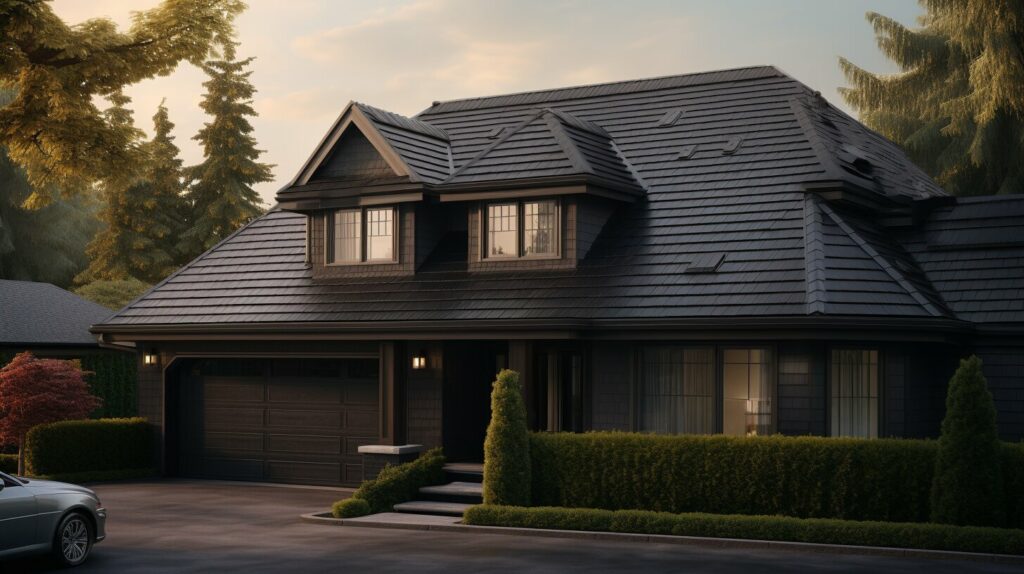
Pros of 30-Year Roofs
Investing in a 30-year roof comes with a plethora of benefits. Firstly, it provides you with peace of mind knowing that you won’t have to replace your roof anytime soon. With proper maintenance, a 30-year roof can last up to 40 years. This longevity is due to the quality of roofing materials used in their construction.
Installing a 30-year roof also adds value to your home. If you plan on selling your house in the future, having a long-lasting roof can be a significant selling point for potential buyers. A new, durable roof can increase your home’s value by up to $12,000. This means you not only get to enjoy the benefits of a 30-year roof, but you also get a return on your investment if you decide to sell your home.
Another benefit of a 30-year roof is its cost-effectiveness. While the initial cost of installation can be higher than that of a regular roof, the longevity of a 30-year roof means that you won’t have to replace it for a long time, reducing long-term costs. Additionally, the durability of 30-year roofs means they require fewer repairs than other roofing types, saving you money in the long run.
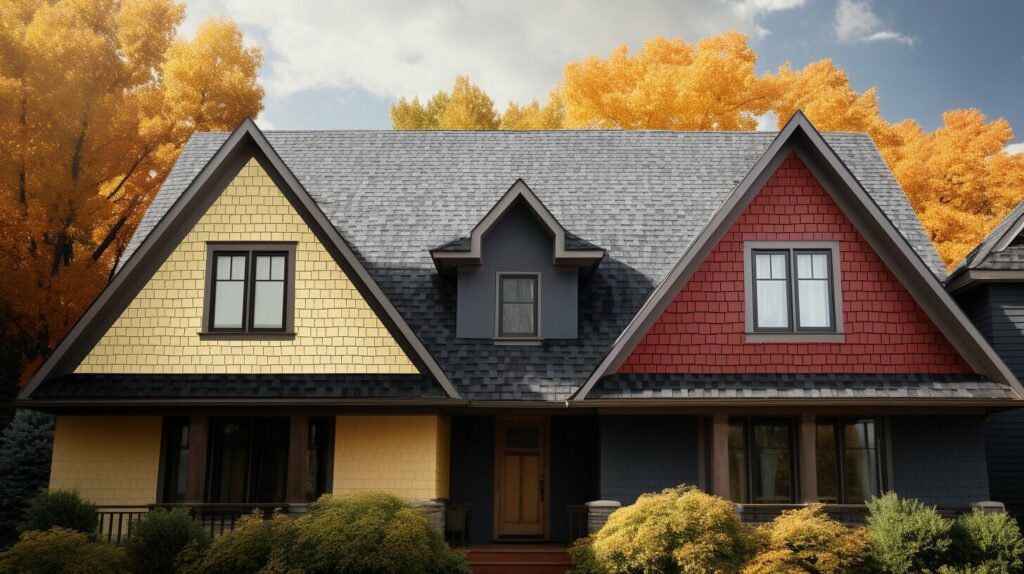
Overall, investing in a 30-year roof is a smart decision. The benefits of durability, longevity, and cost-effectiveness make it a worthwhile investment for homeowners looking for a long-term roofing solution.
Cons of 30-Year Roofs
If you’re considering getting a 30-year roof, there are several factors you should keep in mind before making a final decision. One of the main cons of a 30-year roof is the lifespan. While it may last longer than a roof with a shorter lifespan, it’s important to keep in mind that 30 years is not a guarantee. The actual lifespan of your roof depends on a variety of factors such as the climate in your area, the quality of the installation, and maintenance.
Another factor to consider is the cost. While a 30-year roof may be cost-effective in the long run due to its longevity, the upfront cost can be significant. Additionally, the cost of installation may be higher due to the need for more durable materials.
It’s also important to consider the type of roofing material you choose for your 30-year roof. Not all materials are created equal and some may have a shorter lifespan than others. For example, asphalt shingles, which are one of the most popular roofing materials, typically have a lifespan of 20-25 years.
Lastly, it’s important to consider the potential for damage. While a 30-year roof may be more durable than a roof with a shorter lifespan, it’s not indestructible. Extreme weather conditions such as hail, wind, and heavy snowfall can cause damage to any roof, regardless of lifespan.
Overall, the cons of a 30-year roof boil down to the need to carefully consider all of the factors involved in order to make an informed decision that makes sense for you and your home’s unique needs.

Choosing the Right Roofing Material
When it comes to selecting the best roofing options for your 30-year roof, you have several materials to choose from. Each roofing material has its pros and cons, so it’s essential to consider your budget, climate, and personal preferences.
One popular roofing material is asphalt shingles, which are cost-effective and come in a range of colors and styles. Another option is metal roofing, which is highly durable and energy-efficient. If you prefer a more natural look, cedar shake roofing is an attractive option that requires regular maintenance to prevent decay.
Tile roofing is another long-lasting option, with some tile roofs lasting up to 50 years. However, tile roofing can be heavy, so your roofing structure may require additional support. Lastly, slate roofing offers a unique, elegant appearance and can last up to 100 years with proper maintenance.
Ultimately, the best roofing material for your 30-year roof will depend on your personal preferences and budget. Consider the benefits and drawbacks of each option to make an informed decision.
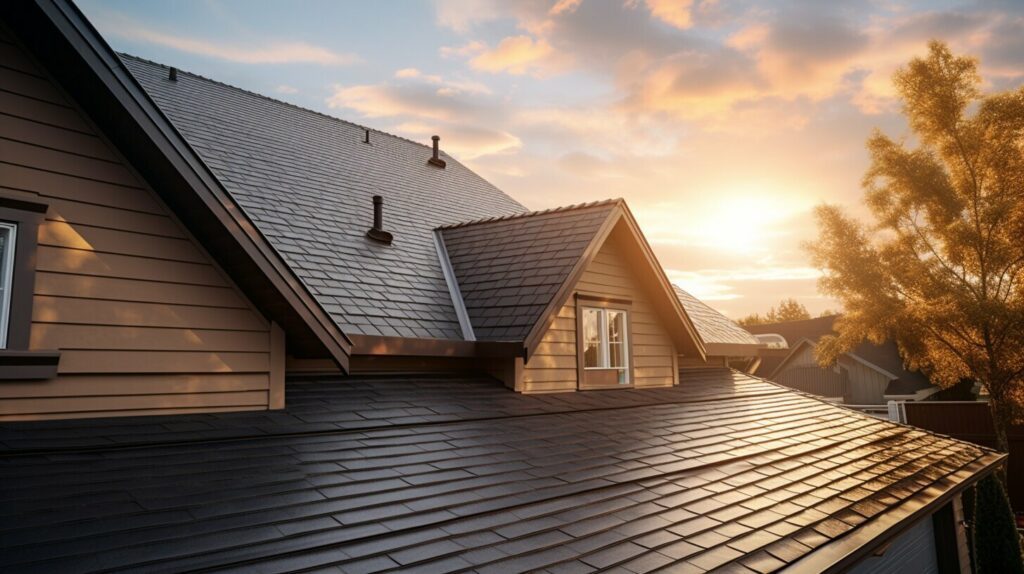
Factors to Consider When Getting a 30-Year Roof
When deciding whether to invest in a 30-year roof, there are several factors you should consider to ensure you make the right decision for your home and budget.
1. Long-Term Goals
Consider the long-term goals you have for your home. Do you plan on living there for many years or is it a short-term investment? If you plan on staying in your home for an extended period, a 30-year roof may be a wise investment.
2. Climate
The climate in your area plays a significant role in the lifespan of your roof. If you live in an area with harsh weather conditions, such as heavy snow or frequent hurricanes, you may want to opt for a sturdier roofing material than a 30-year roof.
3. Budget
Your budget is an important factor to consider when getting a 30-year roof. While a 30-year roof may be cost-effective in the long run, the initial investment may be higher than other roofing options. Consider your budget and long-term financial goals when making your decision.
4. Roofing Material
The type of roofing material you choose will impact the longevity of your roof. Asphalt shingles, for example, typically have a lifespan of 20-30 years, while metal roofing can last up to 50 years or more. Research the different roofing materials available and choose one that fits your budget, climate, and durability needs.
5. Maintenance
Maintaining your roof is crucial to its longevity. Regular inspections and minor repairs can help extend the life of your roof. Consider the maintenance requirements of different roofing materials when making your decision.
By considering these factors, you can make an informed decision about whether a 30-year roof is the right choice for your home. Remember, the longevity and durability of your roof is an investment in the protection and value of your home.

Investing in a 30-Year Roof: Is It Worth It?
Now that you have weighed the pros and cons of getting a 30-year roof, you may be wondering if it’s worth the investment.
The cost-effectiveness of a 30-year roof is a major factor to consider. While the initial investment may be higher than a shorter lifespan roof, the longer lifespan means that you will not have to replace your roof as frequently. This can save you money in the long run, as well as providing peace of mind knowing that you have a durable and reliable roof over your head.
It’s important to keep in mind that the durability of a 30-year roof depends on the quality of the roofing materials used. Opting for cheaper materials may result in a shorter lifespan, meaning you would have to replace your roof sooner than expected.
Overall, investing in a 30-year roof can be worth it if you prioritize longevity and cost-effectiveness. Consult with a roofing professional to determine the best roofing materials for your specific needs and budget.
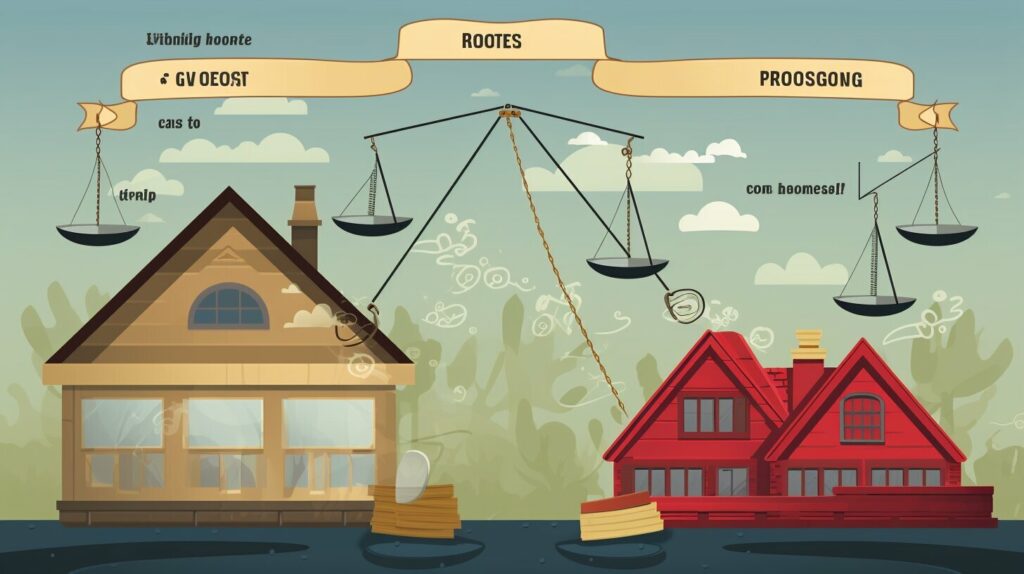
As with any major home improvement project, it’s important to weigh your options and make an informed decision that fits your unique situation. By considering the pros and cons of a 30-year roof, the cost-effectiveness, and the durability of the roofing materials, you can determine if investing in a longer lifespan roof is the right choice for you.
Maintaining a 30-Year Roof
While 30-year roofs are known for their durability, it is still important to properly maintain them to ensure they reach their full potential lifespan. One way to maintain your 30-year roof is to inspect it regularly for any damage or wear and tear. Look for any cracked or missing shingles, as well as any leaks.
Another crucial aspect of maintaining a 30-year roof is to properly clean it. This can help prevent the buildup of debris and mold, which can cause damage to the roof over time. The cleaning method will vary depending on the type of roofing material used.
| Roofing Material | Cleaning Method |
|---|---|
| Asphalt Shingle | Use a non-corrosive roof cleaner and a low-pressure wash |
| Metal | Use a soft-bristled brush and mild detergent, and avoid pressure washers to prevent damage |
| Tiled | Use a non-corrosive cleaner and a low-pressure wash, and avoid using metal tools to prevent damage to the tiles |
Regularly clearing gutters and downspouts is also important for maintaining a 30-year roof. Clogged gutters can cause water to pool on the roof, leading to damage and leaks. Additionally, trimming any overhanging trees or branches can help prevent damage from falling debris.
By properly maintaining your 30-year roof, you can extend its lifespan and ensure it continues to protect your home for years to come.
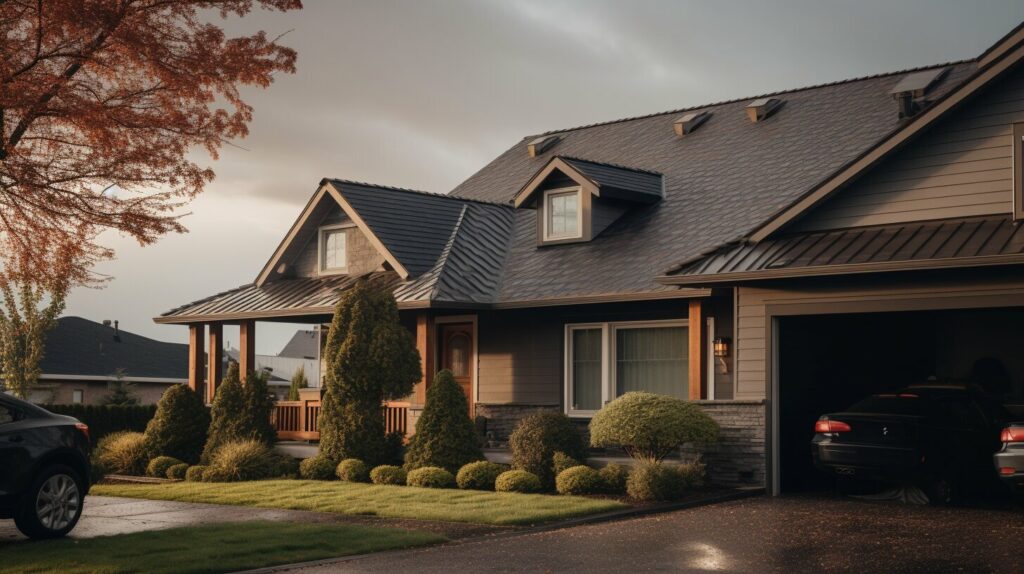
Conclusion
In conclusion, getting a 30-year roof has its pros and cons. It’s important to understand the longevity and durability of a 30-year roof, as well as the different roofing materials available. While a 30-year roof may be cost-effective in the long run, there are factors to consider, such as the lifespan of the roof and the initial investment.
Choosing the right roofing material is crucial to ensure the durability and longevity of your roof. Take the time to research and compare the best options available.
When getting a 30-year roof, it’s essential to consider factors such as climate, the condition of the existing roof, and the quality of installation. Proper maintenance is also key to extending the lifespan of your 30-year roof.
Investing in a 30-year roof can be worth it if you plan to own your home for an extended period. It’s a cost-effective option that provides peace of mind and protects your home against harsh weather conditions.
Overall, it’s important to weigh the pros and cons carefully before making a decision. Speak with a trusted roofing contractor to understand your options fully and make an informed decision that fits your needs and budget.
FAQ
Q: Should I get a 30-Year Roof? Pros and Cons Explored.
A: Getting a 30-year roof has its advantages and disadvantages. It’s important to consider factors such as the longevity and durability of the roof, as well as the type of roofing material you choose. Weighing the pros and cons can help you make an informed decision.
Q: What are the benefits of a 30-Year Roof?
A: Some of the benefits of a 30-year roof include its cost-effectiveness over time and the peace of mind that comes with a longer lifespan. Additionally, certain roofing materials used for 30-year roofs offer enhanced durability.
Q: What factors should I consider when getting a 30-Year Roof?
A: When getting a 30-year roof, it’s important to consider factors such as your budget, climate, and the overall condition of your home. Additionally, the type of roofing material you choose can impact the performance and lifespan of the roof.
Q: What are the cons of 30-Year Roofs?
A: While 30-year roofs have their advantages, there are also some cons to consider. Factors such as the initial cost and the potential need for repairs or replacements before the projected lifespan can be drawbacks. It’s important to weigh these factors against the benefits.
Q: How do I choose the right roofing material for a 30-Year Roof?
A: Choosing the right roofing material for a 30-year roof depends on various factors such as your budget, climate, and aesthetic preferences. Some common roofing materials to consider are asphalt shingles, metal roofs, and clay tiles. Each material has its own advantages and disadvantages.
Q: Is investing in a 30-Year Roof worth it?
A: Whether investing in a 30-year roof is worth it depends on your specific circumstances. Consider factors such as the pros and cons of 30-year roofs, the cost-effectiveness over time, and the durability of the roofing material. It’s important to carefully evaluate these factors before making a decision.
Q: How do I maintain a 30-Year Roof?
A: Proper maintenance is key to extending the lifespan of a 30-year roof. Regular inspections, cleaning, and addressing any issues promptly can help ensure its durability. Additionally, following the manufacturer’s recommended maintenance guidelines for the specific roofing material is important.